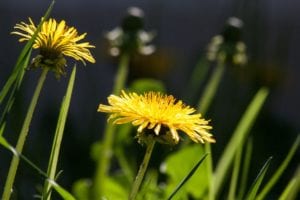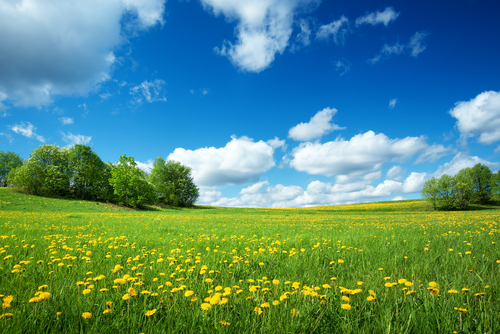Sounds weird, right? Dandelions are usually considered a pesky weed that invades our lawns and multiplies like crazy. Did you know that these plants are completely edible, from the root to the flower?
Not only are dandelions edible, but they’re downright delicious. Eating them is nothing new; dandelions have been used medicinally for hundreds of years, and you can commonly find dandelion tea at most grocery stores. Foraging is a lost art in most Western societies, and if you’ve ever been interested in trying it out, dandelions are a great place to start.
5 Reasons to Start Eating Dandelions
- Dandelions are a great source of nutrients. Half a cup has more calcium than the same amount of cow’s milk and is higher in iron than spinach. It is also high in vitamins A, K, and C, as well as magnesium and potassium.
- Dandelion is high in antioxidants, high in fibre, and is a diuretic. These attributes make dandelion a choice herb for detoxification when consumed with lots of water.
- You can find them all over the world, and all species are beneficial. Do not pick dandelions that are growing close to busy roads, and always check with property owners before picking from anyone’s lawn! When picking from public land, be sure that you check with the city for sprays and pesticides.
- They are a no-waste food. Virtually every part of the plant can be used. Roots have been used in teas or as a coffee substitute; leaves can be used in juices, salads, and cooked dishes; and the flowers can be breaded and fried, eaten raw, or made into jellies and wines.
- They taste great! Choose the younger small leaves for a sweeter taste. The large leaves are better cooked or soaked as they can be bitter. The flowers are quite sweet, and can even be made into a vegan honey substitute.
I hope this post has inspired you to embrace dandelions and give them a try. Rather than spraying our lawns with harmful weed killers, why not try learning to love these quirky little flowers? It is incredibly satisfying to find abundant (and free!) sources of nutrients in our own communities.

Enjoy!


